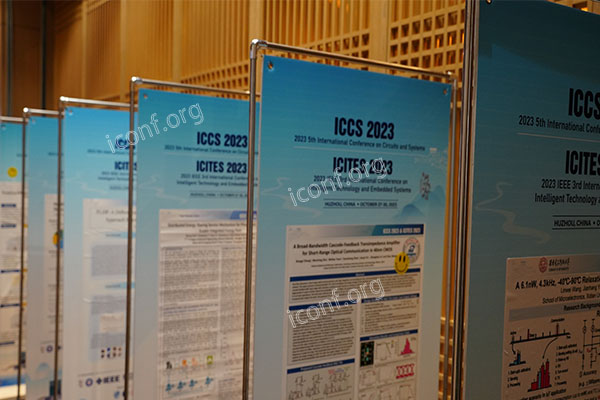Soil science is foundational to agriculture, ecosystem health, and environmental sustainability. Responding to a Call for Papers (CFP) in this field allows you to disseminate novel findings on soil processes, land-use impacts, and restoration techniques. Use iconf.org to locate and submit to verified soil science CFPs.

Global Reach
Publish your work on soil health assessment, nutrient cycling, or soil–plant interactions to an international audience of researchers and practitioners.
Interdisciplinary Collaboration
Engage with experts in agronomy, ecology, environmental engineering, and climate science to develop integrated land management solutions.
Professional Credibility
Peer-reviewed conference proceedings and special journal issues strengthen your academic profile and support funding and career advancement.
Align your submission with active topics in soil science:
Soil Fertility & Nutrient Management
Soil Ecology & Microbial Dynamics
Soil Degradation & Remediation
Pedology & Soil Classification
Soil–Water–Plant Relations
Digital Soil Mapping & Remote Sensing
Climate Change Impacts on Soils
iconf.org aggregates CFPs across scientific disciplines, simplifying your search:
Filter by Discipline
Select “Soil Science & Land Management” to view targeted calls.
Track Deadlines
Monitor abstract and full-paper submission dates in one interface.
Access Direct Links
Follow submission portals to ensure compliance with formatting and guidelines.
Verify Quality
Rely on listings vetted by academic partners to avoid predatory venues.
Match CFP Scope
Confirm your topic aligns with the call’s thematic focus and keywords.
Write a Clear Abstract
Summarize objectives, methods, key results, and implications in 250–300 words.
Use a Structured Format
Apply the IMRaD framework (Introduction, Methods, Results, Discussion) for clarity.
Include High-Quality Visuals
Use well-labeled figures and maps to illustrate soil profiles and data.
Adhere to Guidelines
Follow word limits, citation style, and template requirements precisely.
Proofread Thoroughly
Seek peer feedback and professional editing to ensure coherence and accuracy.
Advancement in soil science underpins global efforts in food security and environmental resilience. Prepare your manuscript and visit iconf.org to explore current soil science CFPs and submit your work in 2025.